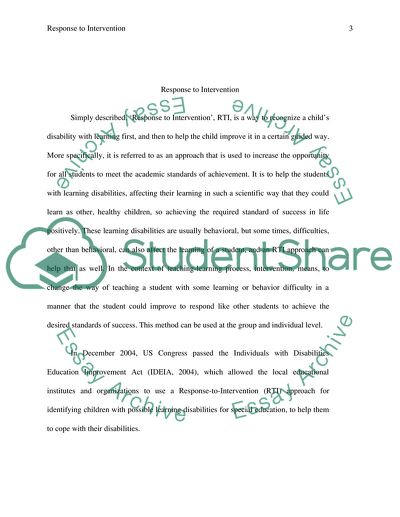Cite this document
(Response to Intervention - Teaching Children with Mild Disabilities Research Paper, n.d.)
Response to Intervention - Teaching Children with Mild Disabilities Research Paper. Retrieved from https://studentshare.org/education/1736878-response-to-intervention
Response to Intervention - Teaching Children with Mild Disabilities Research Paper. Retrieved from https://studentshare.org/education/1736878-response-to-intervention
(Response to Intervention - Teaching Children With Mild Disabilities Research Paper)
Response to Intervention - Teaching Children With Mild Disabilities Research Paper. https://studentshare.org/education/1736878-response-to-intervention.
Response to Intervention - Teaching Children With Mild Disabilities Research Paper. https://studentshare.org/education/1736878-response-to-intervention.
“Response to Intervention - Teaching Children With Mild Disabilities Research Paper”, n.d. https://studentshare.org/education/1736878-response-to-intervention.


